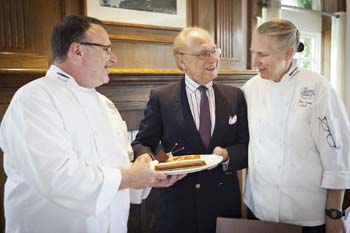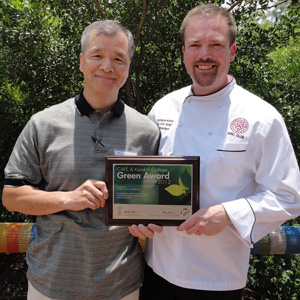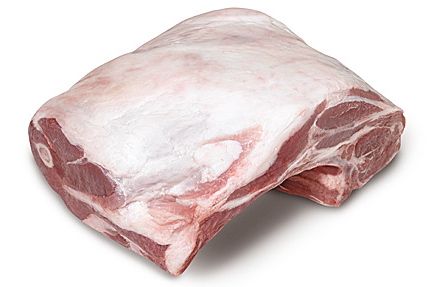Chefs Speak Out: Still Inspiring and Influencing at 75
Tuesday, 24 July 2012 11:30
 Legendary pastry chef and baker Dieter Schorner continues to teach undergraduates at the CIA every day.
Legendary pastry chef and baker Dieter Schorner continues to teach undergraduates at the CIA every day.
Dieter G. Schorner, a leader in the pastry field for decades, celebrated his 75th birthday on June 19, 2012. His colleagues in the Baking and Pastry Arts Department at The Culinary Institute of America (CIA) in Hyde Park, N.Y., presented him with a surprise birthday cake on June 18. Schorner, a professor at the not-for-profit culinary college, has served on the CIA faculty since 1999. He was one of the opening chefs for the Apple Pie Bakery Café on the Hyde Park campus in 2000 and currently teaches basic and classical cakes.

 In an era of social networking, having real conversations and deepening your connections with people takes skill and will. But the byproducts are new energy and excitement—and being heard.
In an era of social networking, having real conversations and deepening your connections with people takes skill and will. But the byproducts are new energy and excitement—and being heard. Here are the remaining five of 10 critical things you must teach your students if you want them to earn meaningful jobs, plus some sound advice on how to interact with potential employers.
Here are the remaining five of 10 critical things you must teach your students if you want them to earn meaningful jobs, plus some sound advice on how to interact with potential employers. Seattle Culinary Academy and UMass Dining recognized for innovations in sustainability.
Seattle Culinary Academy and UMass Dining recognized for innovations in sustainability. Recognized for its elegance and flavor, lamb is a favorite protein of chefs across the globe. While most chefs think of rack of lamb, today’s economy as well as a desire to utilize the whole carcass challenges chefs to look at some of the lesser-known and economical cuts.
Recognized for its elegance and flavor, lamb is a favorite protein of chefs across the globe. While most chefs think of rack of lamb, today’s economy as well as a desire to utilize the whole carcass challenges chefs to look at some of the lesser-known and economical cuts.